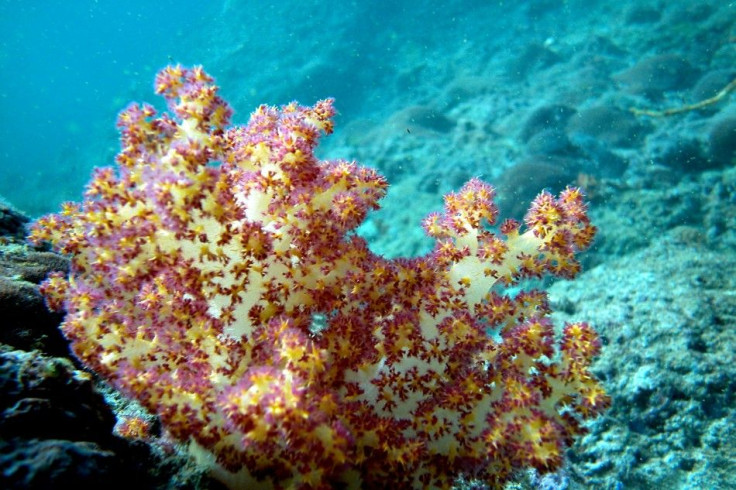Ocean Acidification Dealt The Final Blow During The 'Great Dying'

About 252 million years ago, in an event that would later come to be recognized as the biggest mass extinction event Earth has ever seen, over 90 percent of all marine species and nearly 70 percent of terrestrial animals and plants disappeared. Research now suggests that the Permian-Triassic extinction event -- aptly called the “Great Dying” -- was caused, at least in part, by ocean acidification.
According to our current understanding, extreme volcanic activity in the Siberian Traps released huge amounts of carbon dioxide into the atmosphere, triggering the start of the extinction event that is believed to have taken place over a 60,000-year period. The latest study, published in the journal Science, claims that when oceans absorbed this released carbon dioxide, it made them too acidic to sustain marine life -- delivering the second pulse of the massive extinction.
“Scientists have long suspected that an ocean acidification event occurred during the greatest mass extinction of all time, but direct evidence has been lacking until now,” lead author Matthew Clarkson, a geochemist at the University of Otago in Dunedin, New Zealand, said in a statement.
This evidence was gathered by analyzing rocks, which were on the ocean floor at the time, unearthed in the United Arab Emirates. An abrupt shift in ocean pH levels -- lasting for about 10,000 years -- was discovered by comparing the ratios of boron isotopes in these Permian-age rocks.
“This was a pretty enormous change in acidity,” Clarkson reportedly said. “It’s such a rapid change, the ocean can’t buffer the carbon dioxide increase.”
While the study sheds light on the end-Permian extinction, it also has important implications for life that currently exists on this planet. The findings are helping scientists understand the threat posed to marine life by modern-day ocean acidification, Clarkson said in the statement.
“This is a worrying finding, considering that we can already see an increase in ocean acidity today that is the result of human carbon emissions,” Clarkson added.
Recent studies have shown that as a result of humans emitting more carbon dioxide into the atmosphere, the acidity of surface ocean waters has increased by about 30 percent since the beginning of the industrial revolution and that by the end of the century, the surface waters could be nearly 150 percent more acidic.
The effect of this disruption in the normal pH levels in Earth’s oceans is already being observed on marine organisms. A recent study sounded the alarm over widespread coral bleaching in the Pacific -- a phenomenon that occurs when corals are stressed due to increasing temperatures and acidity.
© Copyright IBTimes 2024. All rights reserved.






















